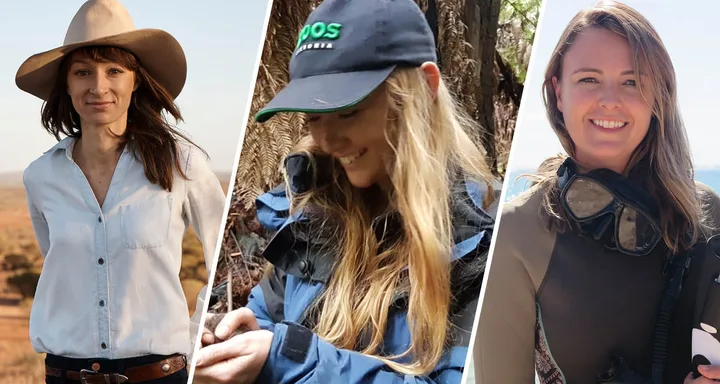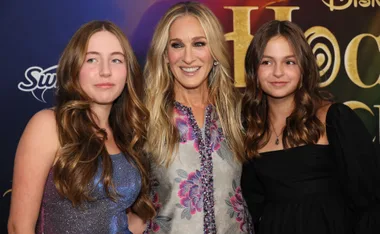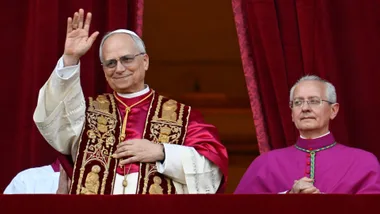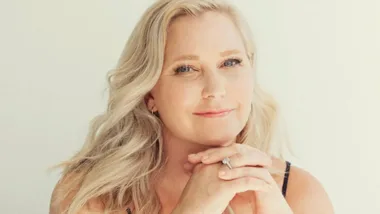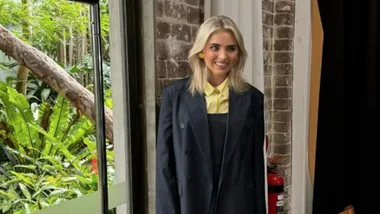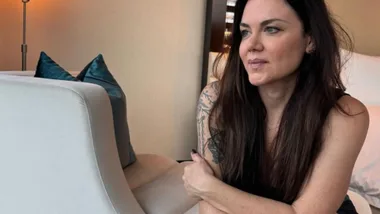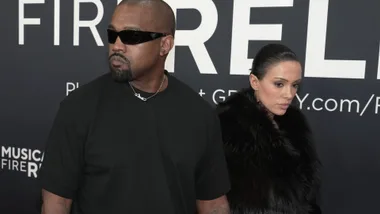Climate change has been altering our countries most iconic landscapes – the outback to the expansive coastlines – for decades. Australia’s most recent bushfire season presented the world with a frightening look into the future if we don’t continue to fight the ongoing climate crisis.
To celebrate Earth Day 2020, we asked three scientists – a farmer from drought-affected New South Wales, a conservationist battling fires in Victoria and a diver working on the Great Barrier Reef in Queensland – about their personal perspective on how these climate events are affecting the wild spaces where they live and work, and what we can all do to manage the crisis. Anika Molesworth, Emma Kennedy and Marissa Parrott are living on the frontline of the climate crisis and have a unique perspective on how bushfires, droughts and flooding are affecting their landscapes and livelihoods.
Anika Molesworth: Drought in the Australian Outback

Anika Molesworth is a farmer and specialist in agricultural development, living and working on an outback sheep station in New South Wales. Her family moved to the remote farm in the year 2000, the start of the decade-long Millennium Drought. Falling in love with this new, wild place and watching it suffer as the drought tightened its grip propelled my interest in climate change,” Anika, a supporter of farmer-led advocacy group Farmers for Climate Action, says. “This issue became deeply personal to me – how was I going to take on my family’s farm and live the future out here that I dreamed of in a climate challenged world?”
As for how the current situations affect her, Anika says that despite the anger she feels at what has already been lost – her stoic optimism has hope for the future. “I only have to look out the window of my home to see the impacts of climate change,” she says. “It breaks my heart to see the land suffering this way. However, with this sadness for what has already been lost, and the anger for the lack of action taken to address a problem we have been warned about for so long – comes hope.
“Perhaps it is that stoic optimism that runs deep within the farming community, who are used to facing challenges and getting on with implementing solutions. As much as the harsh reality of dust and death fills my drought-burdened days, I know the future doesn’t have to be this way, and that makes me determined to make sure it isn’t.”
As for what needs to be done? Anika explains there are different layers to making a true change.
Use your consumer influence. “Spend your money on goods and services with high social, ethical and environmental standards. But before you buy, ask yourself if you can reuse, recycle, repair something else.”
Scrutinise your everyday decisions with banks, superannuation and energy.
Use your political influence. “Be informed on where parties stand on issues, and inform them on how they need to act. They represent you – so make sure they do!”
Use your social influence. “Join a group working on making the world a better place. Give them your skills, your time or your knowledge. We’ll get there so much quicker if we work together.”
Engage in the conversation. “Talk with people about why we need to change and the solutions that are out there. We’ve got the answers, we know what to do, we simply need people to get their act together and get this stuff sorted.”
Emma Kennedy: Bleaching on the Great Barrier Reef

Dr Emma Kennedy is a marine biologist and scuba instructor living in Queensland, who was among the first responders to the Great Barrier Reef’s devastating bleaching tragedy in 2016. Australia’s iconic reef is currently experiencing its third mass coral bleaching, following unprecedented back-to-back incidents in 2016 and 2017, resulting in the loss of over 50 percent of its corals. Ocean warming has some even more insidious consequences for people and homes: driving more extreme cyclones and flooding across coastal Australia.
Emma spends up to four months of the year living and working on the Great Barrier Reef, studying organisms that live on the reef. As a marine scientist, Emma’s trying to understand how changing environmental conditions affect reef communities. She also volunteers for citizen science organisation Reef Check Australia.
“In 2016 the corals on the Great Barrier Reef began bleaching and I went to help with the large survey effort. Over the course of 14 days, I led my team across 60 km of the damaged reef in the Far Northern area: the colours reduced to an uninspiring brown fuzz as the corals died,” Emma explains. “The next year, it happened again in the Reef’s first-ever ‘back-to-back’ bleaching.”
“Just last week, after several weeks of warm temperatures we’re starting to see coral bleaching on the Great Barrier Reef again. It feels like a punch in the stomach. We’re scrambling to get out to our sites again.”
Emma is worried about the future of not only our reefs but those globally. “Many people don’t realise the enormous job the ocean does to cushion us from the very worst effects of climate change,” she says. “It’s scary. Scientists are worried that as the buffering capacity of oceans gets overwhelmed, we’ll get ‘runaway”’climate change and changes will happen insanely fast.
“Many people don’t realise that the coral reef bleaching is a looming humanitarian disaster. The Philippines and Indonesia have 12 million people who directly fish the reef for food and jobs, its not just the Australian tourism industry that’s threatened. Global food security and people’s livelihoods are threatened if reefs continue to decline.”
What needs to be done? Emma says the power of voice is how we can help.
“We’re all in this together: but to achieve the societal shift we need to protect our planet we need to bring each other along,” she says. “I believe the single most powerful thing you can do is use your voice and your vote: listen to expert advice, talk to people, begin a conversation, and push for our leadership to take serious action on climate change.”
Marissa Parrott: Bushfires in Australia’s forests

The last Australian bushfires have nearly been extinguished from the deadly bushfire season the country saw this year, but that doesn’t mean we’ve seen the last of its effects. Dr Marissa Parrott and the Zoos Victoria team worked on the frontline to treat burnt koalas, evacuate endangered birds and wallabies, and develop new emergency food for animals as bushfires ravaged the unique wildlife.
“It felt like the apocalypse,” Marissa says, who is the Department of Wildlife Conservation and Science’s Reproductive Biologist. “Fires, drought and associated problems are getting worse and they are placing a huge strain on our already imperilled wildlife. It is all very surreal when I think back on the fires. As a conservation biologist working in Australia, I know that fire is a very real threat. But the fires are getting worse, and it is terrifying.”
There are many ways Marissa says we can help. “We need people to connect with nature and wildlife, understand their plight, and act in their own lives to make a change. We all need to influence policies to have a more sustainable future, for the good of humanity as well as the species on this planet with us.
“This includes protecting our forests, having mandatory labelling of unsustainable products like palm oil, stamping out the illegal wildlife trade, and working with communities to protect our remaining wildlife,” she continues. “There is so much work happening to protect endangered animals and care for those injured during fires, but it is a marathon, not a sprint, and we need to support them long-term to get them safe back in the wild.”
If you are in the position to support endangered species or bushfire funds, including ones like Zoos Victoria, do so.
